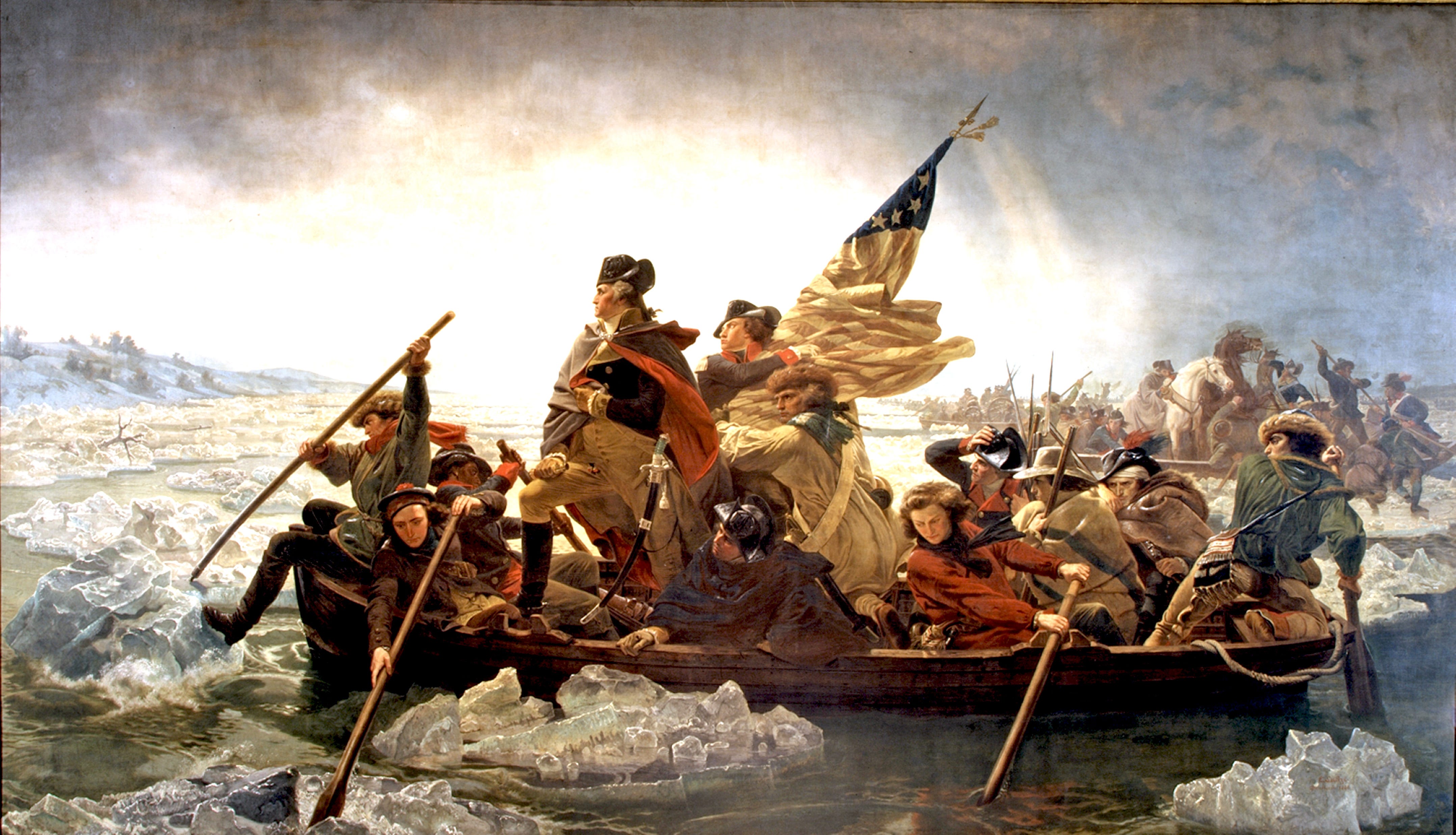Black soldier who crossed Delaware with Washington will be honored in New JerseyPosted in Articles, Biography, History, Media Archive, United States on 2022-02-11 02:40Z by Steven |
Black soldier who crossed Delaware with Washington will be honored in New Jersey
Courier Post
Cherry Hill, New Jersey
2022-02-09
Matthew Korfhage, USA Today Network
New Jersey’s Oliver Cromwell, who crossed the Delaware with George Washington and lived to nearly 100, will at long last receive a historical marker.
Since they were children, cousins Arianna Murray and Jane Fox Long had known the story of Oliver Cromwell.
His story wasn’t taught in schoolbooks. But in Burlington, New Jersey, and across the country, nine generations of his family helped keep it alive.
“We knew that our great-great-great grandfather — I forget how many greats — had crossed the Delaware with Washington,” Fox Long said. “It was the story that my mom had told, and it was also passed down to her.”
“Every Fourth of July, it was always a conversation piece,” said Murray, from her home in Philadelphia. “How could it not be?”
Cromwell was a decorated hero of New Jersey, they knew, a representative of an American history that had gone unheralded for much of this nation’s lifetime: an African American patriot of the Revolutionary War…
…Against this backdrop, Cromwell was born on the farm of tavernkeeper John Hutchin on May 24, 1753, in present-day Burlington County, an area whose taverns “Burlington Biographies” author Richard L. Thompson described as a hotbed for American revolutionary sentiment.
Cromwell’s parentage is not known with certainty, but multiple records refer to him as being of mixed race, likely African and white heritage. Late in life, he referred to himself as being “in the family of John Hutchin.”
Cromwell joined the New Jersey militia in 1775, where he was listed as “Indian,” leading to speculation he may have had Native American heritage. This is far from definitive, said Burlington County historian Jeff Macechak, who noted that other soldiers he believed to be of African descent were also listed the same way…
Read the entire article here.

:format(webp)/cdn.vox-cdn.com/uploads/chorus_image/image/66733925/72725910.jpg.0.jpg)




